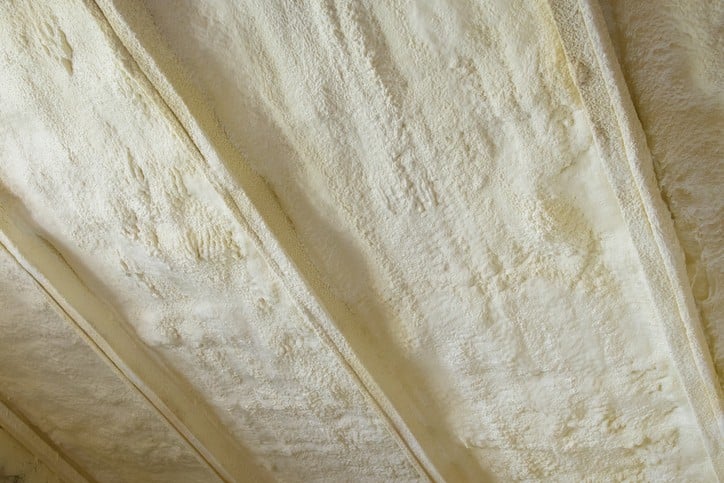
Spray Foams Insulation: An Overview
January 2, 2018
The most common type of spray foam insulation is the spray polyurethane foam, also commonly called the ‘SPF’ or ‘spray foam’. The SPF is a rigid foam plastic that is used to insulate walls, attics, roofs, exterior walls, and under roof decks. There are two components in a spray polyurethane foam: the A-side or the isocyanate and the B-side or the polyol. When the two ingredients are combined, they create a foam that quickly expands in seconds and fills in all the spaces that it sets on. The spray foam insulation is intended to seal air leaks and insulate homes.
Spray Foam Insulation: An Overview
Spray foam insulation can be grouped into two categories: the open cell and closed cell foam insulation. The open cell foam insulation has tiny cells that are not fully closed and since it uses lesser chemicals, it is less costly compared to the closed cell insulation. It is widely used in interior walls due to its sound reduction effect but not applicable for outdoor use.
The closed cell foam insulation is much denser and is commonly used in roofs and other outdoor applications. It is an effective barrier against the heat of the sun, air, wind, rain, storm and other natural calamities.
Benefits of Spray Foam Insulation
The various benefits that can be derived from using spray foam insulation include savings on energy costs and utility bills. Studies have revealed that approximately 40% of a building or house’s energy is lost due to infiltration and that buildings with spray foam insulation insulates as much as 50% better than conventional insulation products.
Spray foam insulated buildings are protected against moisture and mold thereby reducing the likelihood of wood being rotten and eliminating allergy due to mold spores. This type of insulation is also a good way to soundproof your homes and buildings. It serves as a barrier to the airborne sounds that go through the building’s or house’s roof, floor and walls. In America, home owners with spray foam insulation can also claim state and federal tax deductions.
Although there is an upfront cost during the installation of a spray foam insulation on a building’s roof or walls, the expenses eventually outweigh the savings that an insulated roof can bring. Studies have shown that the SPF has helped reduce energy bills as it reduces air leaks because it reduces the transfer of heat between the internal and external environments. As a result, the buildings and homes become energy efficient and there are savings on energy bills as well as a reduction of sounds transmitted through the air.
![]() Phoenix, Arizona: 602-932-1623
Phoenix, Arizona: 602-932-1623
![]() Phoenix, Arizona: 602-833-1185
Phoenix, Arizona: 602-833-1185
![]() Houston, Texas: 713-936-6420
Houston, Texas: 713-936-6420
